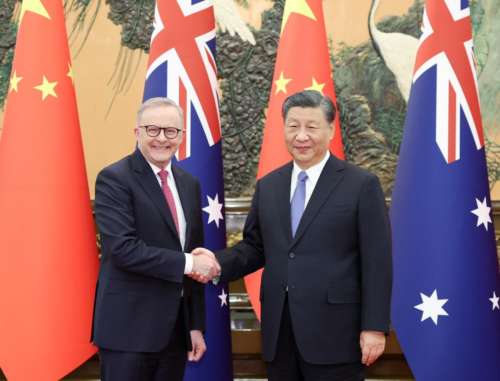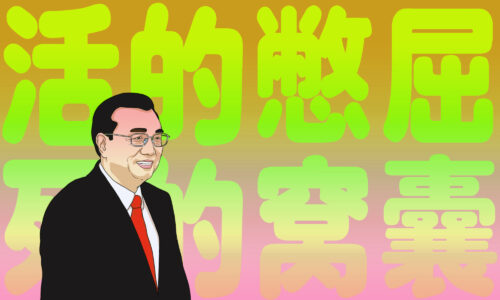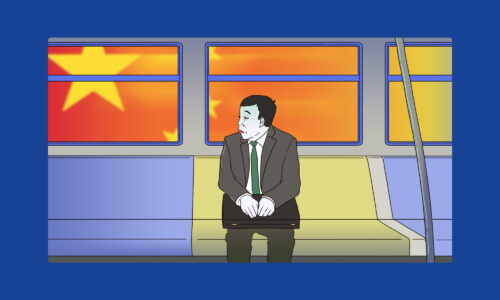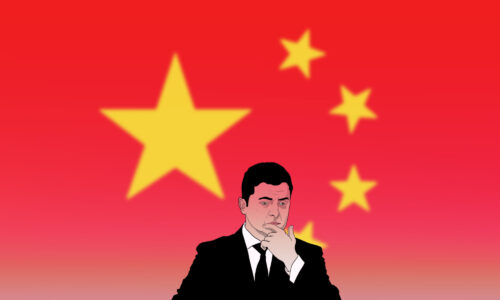Editor’s Note for Tuesday, April 19, 2022
A note for Access newsletter readers from Jeremy Goldkorn. Today: Supply chains, speculation on Taiwan, and more.

My thoughts today:
Can the U.S. and Europe bring manufacturing home from China? Perhaps not, even after a trade war, global pandemic, and growing hostility between the West and the country that makes most of the world’s pharmaceuticals and electronics. That’s the conclusion one could draw from a new Wall Street Journal report, which quotes Kamala Raman, a vice president at Gartner Inc., who advises companies on supply chain networks:
China is the single biggest market for all sorts of nuts and bolts, everything from your basic components to sophisticated components…You cannot recreate that ecosystem in any other country of the world.
It’s not just China, of course, depending on how you define China. Because one of the most critical supply chains is that of semiconductors, the silicon chips that power our phones, cars, and even our doorbells now, and the most critical production in that industry takes place in Taiwan.
Which brings us (back, again) to the Russian invasion of Ukraine, which has prompted all kinds of speculation about what it means for Beijing’s plans for Taiwan. Although many experts in Taipei and elsewhere are uncomfortable with comparisons between Ukraine and Taiwan, the military and international affairs experts advising the Communist Party are, without any doubt, comparing the two situations.
If that subject interests you, take a look at this Twitter thread by Zhào Tōng 赵通, a nuclear security scholar and senior fellow at the Carnegie Endowment for Peace in Beijing. It starts thusly: “I am of the view that the Ukraine War generally reduces the risk of a near-term military conflict over the Taiwan Strait, but new uncertainties are rising too.”
You’ve heard of the “last-mile problem,” the ultimate leg of the supply chain that takes goods from factories to customers’ doors. Now in Shanghai and other cities under lockdown, China’s State Postal Bureau claims to be working on the last-100-meter problem, using a combination of courier companies and delivery robots to ensure hungry Shanghainese can receive food deliveries.
The Postal Bureau’s plans seem short on details, but they show how difficult it is to keep a city running when people aren’t allowed to leave their buildings: Even if the streets of Shanghai were awash in fresh vegetables, it would not help people who are not allowed to leave their apartments.
Our word of the day is the last-100-meter (delivery) problem (最后一百米配送问题 zuìhòu yībǎi mǐ pèisòng wèntí).






